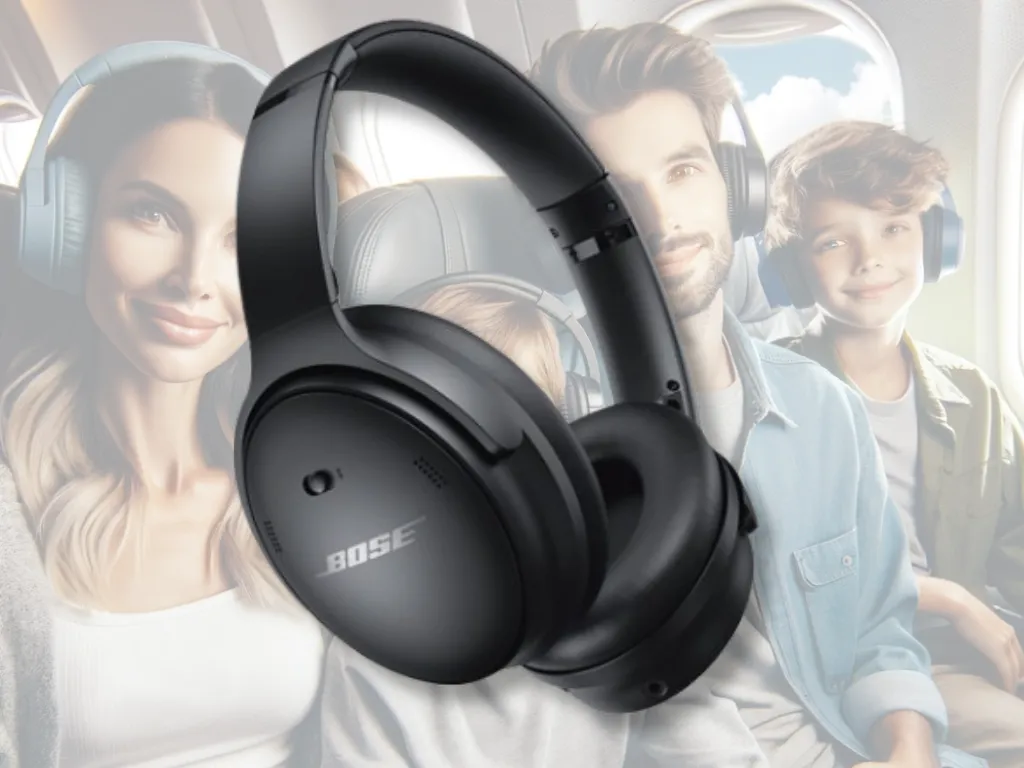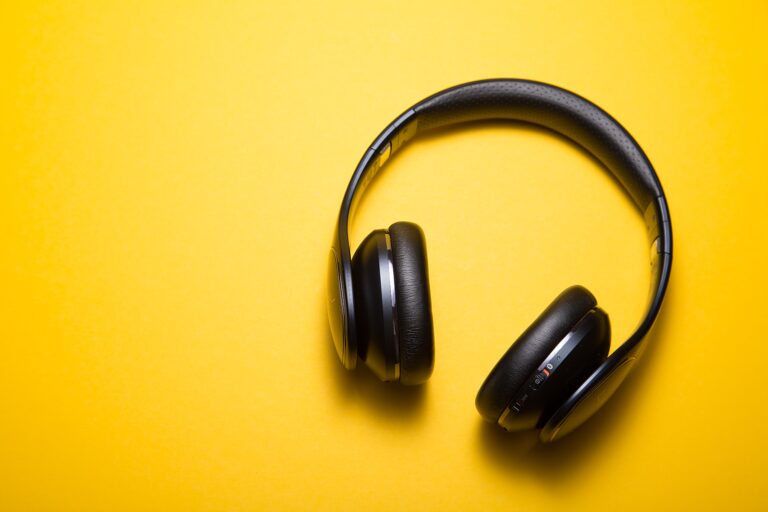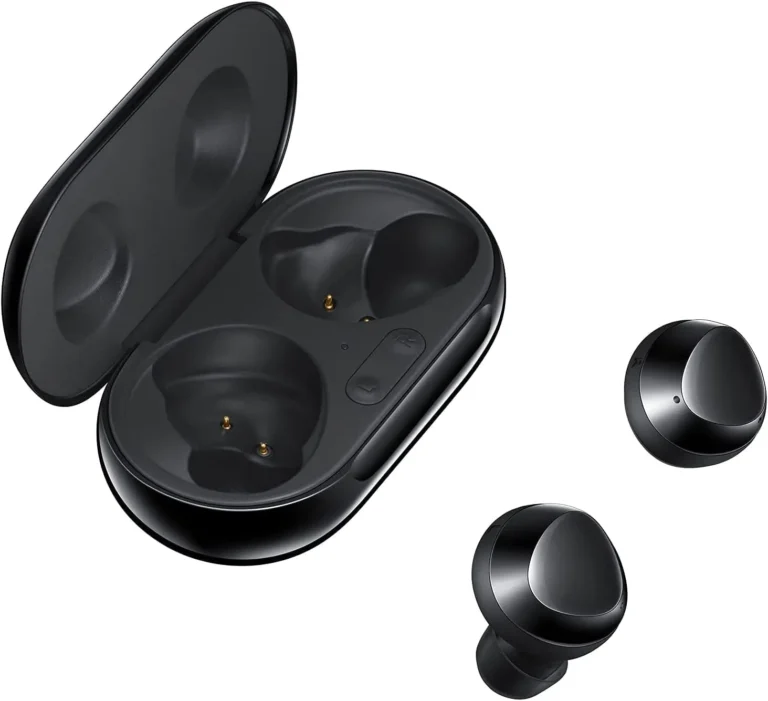How Headphones Help with Airplane Pressure
Exploring the Effectiveness of Headphones in Alleviating Airplane Pressure
Flying on an aeroplane can be an uncomfortable experience for many people due to the effects of cabin pressure changes. As the aeroplane climbs to cruising altitude, the cabin pressure drops, which can lead to discomfort and pain in the ears, sinus cavities, and teeth. This condition is known as barotrauma or “aeroplane ear.”
Similarly, the descent and landing phases involve the cabin pressure rising back up to normal atmospheric levels, which can also be quite painful if the ears do not pop to equalize the pressure difference. Some people are more prone to aeroplane ears than others due to the shape of their sinuses and eustachian tubes.
Key Takeaways
Many air travellers wonder if wearing headphones can help alleviate some of the discomfort associated with aeroplane ears. Specifically, noise-cancelling headphones and over-ear headphone styles promise to reduce exposure to loud cabin noise, leading to speculation that they may also somehow ease the pressure issues.
Comprehensive Comparison Table of Top Headphones for Managing Aeroplane Ear Pressure
| Product | Type | Benefits |
|---|---|---|
| EarPlanes | Specialty earplugs | – Ceramic filter equalizes pressure changes – Allow eardrum time to slowly adjust – Most effective for relief |
| – Allow pressure changes to reach the eardrum freely – No pressure relief | Noise-cancelling headphones | – Actively cancel ambient noise – Reduce sensitivity to discomfort |
| Over-ear headphones | Over-ear seal headphones | – Passively block more noise – Provide noise isolation |
| Apple AirPods | Loose-fitting earbuds | – Allow pressure changes to reach eardrum freely – No pressure relief |
The key point emphasized is that actively equalizing pressure through various techniques is most effective. But the EarPlanes provide the best pressure regulation, while noise-cancelling headphones like the Bose reduce sensitivity to discomfort. Using both together can provide incremental relief of airplane ear pain.
Do AirPods Offer Relief from Airplane Cabin Pressure?

Standard earbuds like Apple AirPods do not actually provide any relief from cabin pressure changes during flight. This is because they do not make a tight seal into the ear canal, allowing pressure to flow freely to the eardrum.
While they can play music and podcasts to distract from discomfort, AirPods do not address the underlying pressure imbalance causing the aeroplane ear pain. They may also require turning up the volume to overcome background cabin noise, potentially worsening noise exposure and hearing health.
Noise-Cancelling Headphones: A Solution for Airplane Pressure Discomfort?
Noise-cancelling headphones use microphones and electronic signal processing to cancel out ambient noise around the ears. This technology is very effective at reducing medium to high-frequency cabin noise on aeroplanes.
By blocking this noise and reducing the need to turn up the volume, noise-cancelling headphones can potentially decrease further noise exposure and hearing damage risk. However, most models still allow lower frequency pressure changes to pass through to the middle ear, meaning they do not directly prevent aeroplane ear barotrauma.
Over-ear style headphones can provide a similar benefit by passively blocking noise through a tight seal around the entire ear. This protects hearing health and reduces noise distraction. But again, the fundamental pressure difference causing discomfort remains.
Earbuds and Airplane Pressure: Are They Helpful?
Unlike over-ear headphones, most earbuds sit loosely in the outer ear and do not make an airtight seal into the ear canal. This allows pressure changes to freely pass through to the eardrum rather than being blocked or restricted.
As a result, typical earbuds do not actually provide any alleviation from aeroplane ear pain and discomfort caused by pressure changes during flight. They can certainly make flights more enjoyable by playing music and entertainment. But to address the underlying pressure issues, different solutions are needed.
The Best Headphones for Managing Airplane Ear Pressure

If regular headphones and earbuds do not directly address aeroplane ears due to cabin pressure changes, then what does help? Specialty earplugs designed specifically for flight pressure relief can be highly effective for many airline passengers.
EarPlanes are a popular option, using a patented ceramic filter to slowly regulate pressure changes around sensitive ear structures. This graduated equalization gives the eustachian tube and eardrum more time to naturally pop and adjust to the pressure differential.
By slowing the rate of pressure change exposure, EarPlanes allow the ears to equalize more comfortably, greatly reducing aeroplane ear pain, clogging, popping sensations, and temporary hearing loss. They provide much more targeted relief than regular headphones alone.
Choosing Earbuds for Comfort in High-Pressure Flight Conditions
While noise-cancelling headphones and specialty earplugs like EarPlanes can provide incremental relief from aeroplane cabin pressure, the most direct remedy is to open the eustachian tubes in your middle ears actively.
This allows pressure to equalize fully between the middle ear and the external environment. Try sipping water, chewing gum, yawning deeply, or performing Valsalva maneuvers like holding the nose and gently blowing through it.
If these methods are insufficient, choose earbuds that have a customized fit and tight seal within the ear canal, blocking pressure changes as much as possible. This can buy more time for active pressure equalization techniques to work.
Does Using Headphones Help with Airplane Pressure Issues?
The short answer is that typical headphones alone do not directly relieve issues arising from pressure changes in an aeroplane cabin. Noise-cancelling and over-ear headphones can potentially provide some incremental benefits by reducing overall noise exposure during flight.
However, they do not address the underlying pressure imbalance between the middle ear and cabin that causes the discomfort and pain sensation. Specialty earplugs using filtering technology specifically designed for air travel pressure changes tend to provide more meaningful relief for aeroplane ears.
No substitute exists for actively equalizing the pressure in your ears through various methods that open the eustachian tubes. But combination approaches with headphones and pressure-regulating earplugs can make flying more comfortable for those prone to barotrauma and aeroplane ear pain.
Can Headphones Provide Relief from Airplane Cabin Pressure?

While headphones play an important role in reducing noise exposure and improving entertainment options during flight, most standard models do not directly relieve the issues caused by aeroplane cabin pressure changes.
Noise-cancelling and over-ear headphones can potentially offer some incremental benefits for aeroplane ears by blocking out noise distraction and reducing pressure on the eardrum membranes.
However, the underlying cause is a pressure differential between the middle ear and the aircraft cabin, which headphones allow to persist. Only specialty earplugs designed specifically to gradually equalize this pressure imbalance have shown dramatic relief of barotrauma symptoms from cabin pressure changes.
No substitute exists for proactively opening the eustachian tubes through various equalization techniques. But combination approaches can utilize headphones for noise control while also wearing pressure-regulating earplugs to ease the discomfort of aeroplane ears.
Wearing AirPods on Planes: Does It Affect Ear Pressure and Popping?
AirPods and other loose-fitting earbuds allow cabin pressure changes to freely flow to the middle ear during flight ascent and descent. This means they do not alleviate or protect from aeroplane ear pain and temporary hearing changes.
In fact, AirPods may require turning up the volume to overcome loud background noise, increasing noise exposure risks. This can exacerbate sensitivity to pressure discomfort.
While great for entertainment distraction, AirPods ultimately does not address the root cause of changes in cabin pressure that lead to ear pain, muffled hearing, ringing sensations, and popping.
Combining pressure-regulating earplugs like EarPlanes with over-ear headphones on top can help ease aeroplane ear symptoms while also listening to music at safer volumes. But remember to equalize through other methods as well for best results actively.
Frequently Asked Questions
Q: Do headphones help with aeroplane pressure?
Yes, headphones can help with aeroplane pressure by reducing the impact of pressure changes on your ears.
Q: How do headphones help with aeroplane pressure?
Headphones help by providing a barrier that can help protect your ears from the effects of air pressure changes during a flight.
Q: Can wearing headphones prevent ear pain during flights?
Yes, wearing headphones can help prevent ear pain caused by pressure changes in the cabin of the airplane.
Q: Do noise-cancelling headphones help with aeroplane pressure?
Yes, noise-cancelling headphones can help with aeroplane pressure by reducing the noise and pressure changes that can cause discomfort in your ears.
Q: How do headphones protect your ears from popping on a plane?
Headphones can help by providing a barrier that reduces the impact of air pressure changes, which can prevent your ears from popping during the flight.
Q: Can wearing headphones prevent hearing loss on a long flight?
Wearing headphones can help reduce the risk of hearing loss by minimizing the impact of pressure changes on your ears during a long flight.
Q: Do earplugs help with aeroplane pressure?
Yes, earplugs can help with aeroplane pressure by providing a barrier that reduces the impact of pressure changes on your ears.
Q: Can headphones help with pressure changes affecting the eustachian tube?
Yes, headphones can help by reducing the impact of pressure changes on the eustachian tube, which can minimize discomfort during a flight.
Q: Are there specific headphones that are best for protecting your ears when flying?
Noise-cancelling headphones are considered the best option for protecting your ears when flying.








